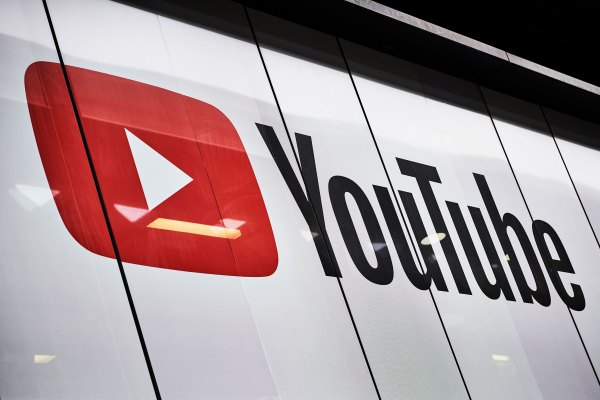YouTube this week put out a new video meant to address creators’ questions over its short-form video platform, YouTube Shorts. The questions it answered ranged from how the algorithm for Shorts differs from long-form YouTube to what counts as a view as well as those that addressed other best practices for creators who want to maximize their potential on Shorts.
While YouTube didn’t necessarily give away its secret sauce by publishing the algorithm details, as TikTok and Instagram have done, it did offer some high-level insights aimed at guiding creators making videos for Shorts.
According to the product lead for Shorts, Todd Sherman, the Shorts algorithm differs from the long-form algorithm where people are tapping on videos to watch — essentially making a specific choice that then drives more recommendations. But on Shorts, people are swiping through content not knowing what comes next. While both recommendation systems are designed to present videos that people will value and enjoy, the Shorts feed prioritizes a more diverse feed because people are flipping through hundreds of videos versus maybe 10 or 20 in long-form.
Sherman also noted that not every flip in Shorts is counted as a view, either — a difference from some other platforms where viewing the first frame is counted as a view. (TikTok counts views as soon as a video starts to play, it’s said). On Shorts, however, the view is meant to reflect that the user had some intent to watch so creators have some “meaningful threshold” that someone meant to watch the view.
The company doesn’t publish what its view threshold is, though, because it does tweak it from time to time, and it doesn’t want people to try to game the system.
In addition, Sherman said there’s not a certain length that benefits creators to get their videos seen — instead, creators should think about how long they need to tell their story. But he also stressed that Shorts will remain focused on videos that are 60 seconds and under, so as not to blur the lines with YouTube itself. This differs from rival TikTok, which has been experimenting with letting creators record longer videos after first popularizing the short-form format.
Another interesting insight offered by the product lead was that YouTube doesn’t want Shorts creators to bother with making custom thumbnails as they do on YouTube, because most thumbnails are never seen. The Shorts video shelf where thumbnails would be viewed is just an entry point to the Shorts experience — but once you’re swiping through, you won’t see the other videos’ thumbnails. He also added that hashtags can be useful and meaningful, and creators should be using them but it’s hard to generalize this advice.
Time of day in publishing is also not a factor to optimize for, with the exception of someone focused on news where the freshness of the information being shared would matter. The quantity of Shorts published is also not a factor in gaining traction — it’s more about quality over quantity.
Sherman also explained why Shorts will sometimes take off and then just have their view counts drop, leading creators to complain they’ve gotten “stuck.”
“There are parts of the algorithm that try and find people, find creators an audience,” Sherman explained. “And sometimes those algorithms will go and effectively find like a seed audience, find a set of people that may enjoy your video. And depending on how that goes, it may get a lot more traffic or it may taper off,” he said.
He also recommended against deleting and reposting Shorts in an effort to have them take off, given the risk that’s seen as spam.
The company says it doesn’t think about Shorts as cannibalizing long-form, but rather has plans to introduce ways that will allow creators to link from their Shorts to their long-form videos by the end of September. However, it recently disabled links in other parts of the Shorts experience as a spam-prevention measure.
Elsewhere on YouTube, the company says it will test a new feature where channels that upload a lot — those with multiple current uploads, for example — will have them all bundled together on a shelf. That way, viewers can explore everything from that channel but those won’t push down other videos in the subscriptions feed.
